Curious about embarking on a journey towards a zero-waste lifestyle? It’s an admirable pursuit that’s not as daunting as it may seem. Embracing this environmentally impactful lifestyle is not just about managing waste; it’s a complete lifestyle change aimed at reducing your carbon footprint and promoting a sustainable future. But where should you begin? Let us direct your attention to the five R’s of zero waste – Refuse, Reduce, Reuse, Recycle, and Rot.
Refuse what you do not need, Reduce what you do need, Reuse what you consume, Recycle what you cannot refuse, reduce or reuse, and Rot (compost) the rest.
This mantra encapsulates the essence of a zero-waste lifestyle. Refusing unnecessary items and reducing consumption forms the initial steps towards waste minimization. Reusing what’s already in your possession aids in resource conservation, recycling ensures waste is repurposed instead of being pitched into a landfill, and engaging in composting helps facilitate the natural decay process – returning organic material back to the earth.
Implementing these 5 R’s in your daily life forms the strong foundation for an effective, sustainable, and zero-waste lifestyle, marking your first step into becoming an environmentally aware, conscious global citizen. Dive right in – our planet will certainly thank you.
We don’t need a handful of people doing zero waste perfectly. We need millions of people doing it imperfectly.
Anne-Marie Bonneau
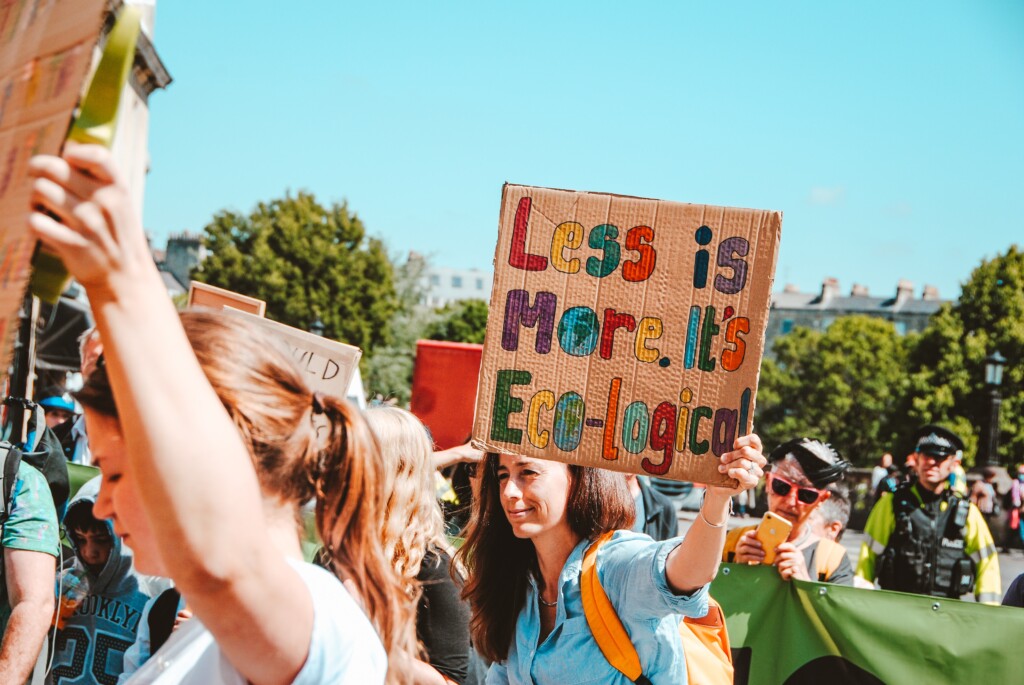
Embracing a zero-waste lifestyle starts with an understanding and the right mindset. Let’s dive into the key approach one needs to adopt to successfully transition towards a more sustainable, waste-free life.
Before you can embark on a zero-waste journey, it’s essential to understand where you currently stand. This involves taking a closer look at your daily habits and assessing the amount and types of waste you produce. From the kitchen to the bathroom, from your office space to your dining area, examine the trash you generate to pinpoint where the most waste is coming from. Cataloging your waste over a week or month can provide insightful data, revealing the most significant areas for improvement and helping set a baseline for your zero-waste objectives.
With a clear understanding of your waste footprint, the next step is to set realistic and achievable goals. These goals should be specific, measurable, and tailored to your lifestyle. Begin with small, manageable changes to ensure early successes and build momentum. For example, you might aim to eliminate single-use plastics from your kitchen or to reduce your household waste by one-third in the next six months. By setting incremental goals, you can gradually progress toward a completely zero-waste lifestyle without becoming overwhelmed.
Zero-waste living aligns closely with the principles of minimalism, which emphasizes the value of less being more. Embracing minimalism isn’t about depriving yourself but rather making space for more meaningful experiences and purchases. It’s about being mindful of what you consume and asking yourself whether what you’re buying is necessary, has a low environmental impact, and contributes to your wellbeing. This mindset shift is critical; it turns every decision to acquire something new into a conscious choice, which is the cornerstone of zero-waste living. Mindful consumption leads to a significant reduction in waste and a deeper appreciation for the items you choose to keep in your life.
The critical takeaway to be remembered here is that by consciously choosing to embrace minimalism, you are not only reducing waste but also improving your overall lifestyle quality. It’s a transformative mindset that sparks a profound impact on both your personal lives and the environment. As we delve deeper into this journey of zero waste, the following tips offer practical steps to help integrate this mindset into your daily life. These easy-to-implement strategies will further empower you to contribute to a sustainable future by making environmentally conscious decisions.
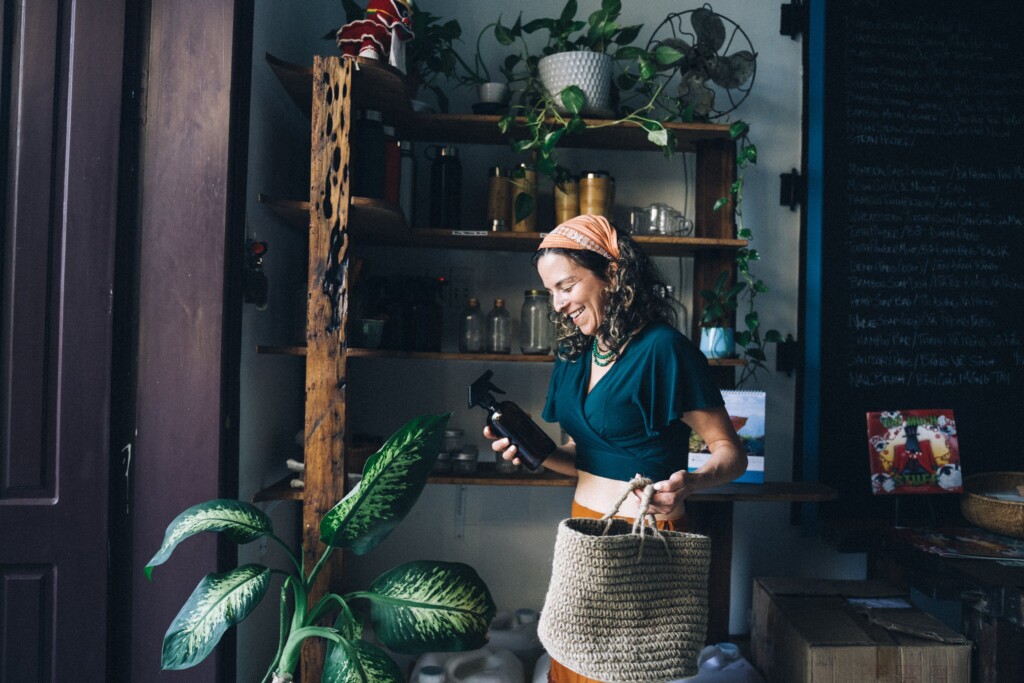
Stepping into zero-waste living begins with the conscious decision to refuse what you don’t need. It’s in the seemingly small, everyday choices where this practice takes root. Consider the single-use items that have become so commonplace in our lives—plastic water bottles, straws, disposable coffee cups, and plastic shopping bags. Refusing these and opting for their reusable counterparts can dramatically reduce your personal waste output.
But the refusal doesn’t stop at physical items; it also extends to the ephemeral clutter of our modern world. This means declining the stacks of freebies that often accumulate from events, the plethora of marketing free samples sent to your door, and the relentless flow of junk mail that clogs up mailboxes and recycling bins. By simply saying no to these items, you’re not only keeping your space clear, but you’re also signaling to businesses that there is a growing demand for sustainable practices and products.
The power of ‘no thanks’ may seem small in the moment, but it’s the cornerstone of a larger movement toward sustainability, echoing your commitment to a healthier planet with every item you choose not to bring into your life.

The journey to zero-waste living is not just about refusing unnecessary items; it’s equally about reducing what we already have and consume. Smart shopping plays a pivotal role here—by buying in bulk and choosing products with minimal to no packaging, you minimize waste before it enters your home. This strategy isn’t just for food; many household items can be purchased this way, significantly cutting down on packaging waste. Moreover, the items you choose to buy should be evaluated for their sustainability; opting for products made from recycled materials, or those that come with eco-friendly credentials, can have a profound effect on your overall waste footprint.
In tandem with shopping habits, look at reducing the excess within your home, particularly within your closets. A streamlined wardrobe, where every piece is chosen for its versatility and durability, not only simplifies decision-making in the morning but also counters the disposable fashion culture. Similarly, reducing what you own and what you bring into your space means less waste is likely to be produced when those items are no longer needed.
Lastly, an often-overlooked aspect of waste generation is resource usage at home. This includes water, energy, and other consumables. By implementing efficient practices—like fixing leaks promptly, using energy-efficient appliances, and turning off lights when not in use—you’re not just reducing your utility bills, but you’re also contributing to a more sustainable usage of resources. Together, these practices empower you to significantly reduce the waste you generate, carving a path for a cleaner, greener lifestyle.

The essence of zero-waste lies in finding new ways to extend the life of items that would otherwise contribute to the growing problem of waste. It’s an exercise in creativity and resourcefulness, where old items are not seen as waste, but as opportunities. Consider that jar from your finished pasta sauce; it could find new purpose as a container for bulk grains or as a vase for fresh flowers. Clothing that no longer fits can be transformed into fabric for your next DIY project or donated for someone else to love.
Upcycling is a step beyond reusing, as it involves elevating the status of an item to something of higher quality or value than its original state. This could mean transforming wooden pallets into garden furniture or reworking an old ladder into a chic bookshelf. The importance of upcycling cannot be understated; it not only reduces waste but also curbs the need for new resources to be consumed in making a new product.
Sharing and borrowing are also key facets of this tip. Before buying something you need only occasionally, consider if it’s available for borrowing or renting. Tools, books, and even dresses can be borrowed or rented, which means you fulfill your need without the long-term commitment or waste. Community sharing platforms and libraries are great places to start. By incorporating these practices of reusing, repurposing, upcycling, and sharing into your life, you help to create a closed-loop system where items are maximally utilized and waste is just an afterthought.
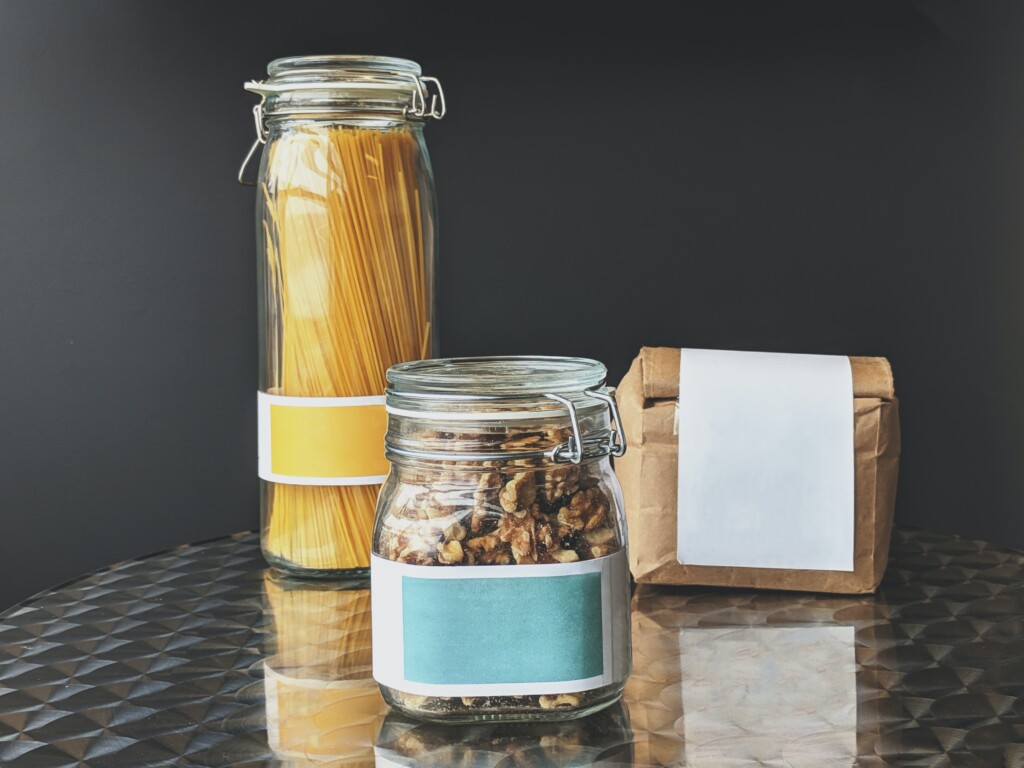
Recycling is a key component of reducing waste, but it’s not as straightforward as tossing items into a blue bin. It requires a nuanced understanding of your local recycling rules, which can vary widely from one place to another. It’s crucial to become familiar with what can and cannot be recycled in your community. This might mean taking the time to learn the specifics, such as whether to leave the caps on bottles or how to dispose of electronics. Proper recycling prevents the contamination of recyclable materials, ensuring they can actually be turned into new products.
Beyond understanding local guidelines, there are universal do’s and don’ts that can help streamline your recycling efforts. For instance, do clean out your recyclables before tossing them into the bin; food residue can render a whole batch of recycling useless. Don’t include plastic bags, which can jam up the sorting machines, and be mindful of not wish-cycling — the act of tossing non-recyclable items into the bin in the hope they might be recycled.
Additionally, composting organic waste stands as a complement to recycling. By composting food scraps and yard waste, you divert it from the landfill and help create nutrient-rich soil, which can be used to grow more food and continue the cycle of life. It’s a process that embodies the zero-waste principle of returning to the earth what came from it. By mastering the art of recycling and composting, you ensure that waste is not an end product but a link in the chain of sustainable resource management.
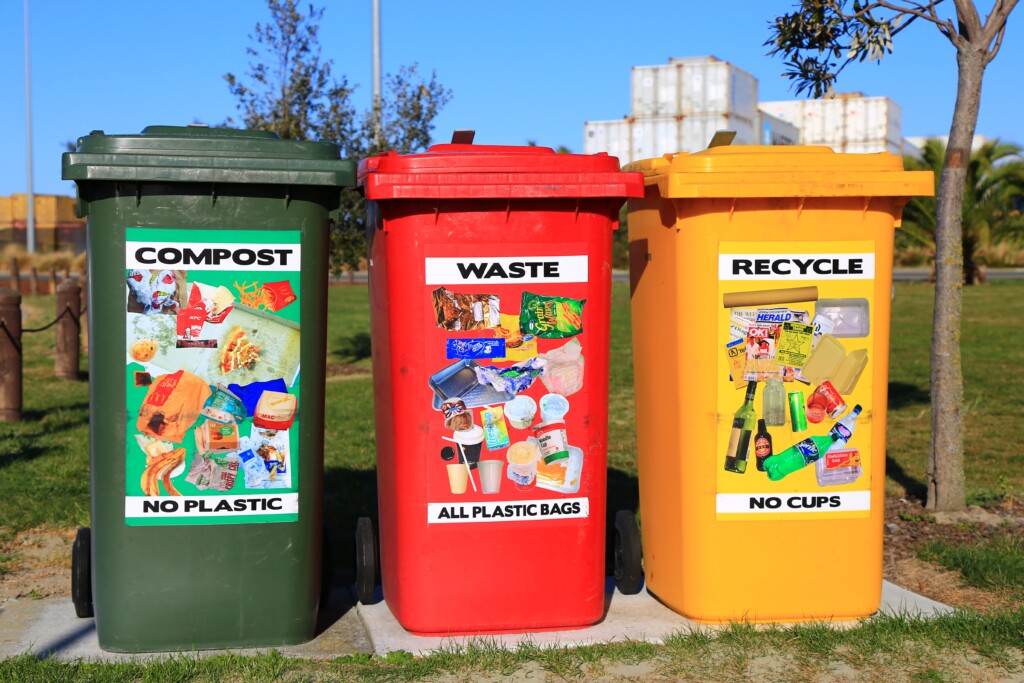
As you tread further on the path of zero-waste, selecting eco-friendly alternatives becomes second nature. It’s about making conscious choices in the products that populate our daily lives. Start with identifying sustainable substitutes for items you use regularly. For example, switch from disposable batteries to rechargeable ones, or from plastic toothbrushes to those made from biodegradable materials. It’s a simple switch that can significantly cut down on your personal waste stream.
When it comes to maintaining our homes and ourselves, green cleaning supplies and personal care products offer a double benefit: they reduce the introduction of harmful chemicals into our environment and often come in packaging that’s more easily recyclable or even compostable. Look for products with natural ingredients or consider making your own from household items like vinegar, baking soda, and lemon. In the realm of personal care, options abound from shampoo bars to homemade deodorants, which often forgo plastic packaging altogether.
An investment in renewable energy is perhaps one of the more significant steps you can take towards a zero-waste lifestyle. Consider installing solar panels or choosing a green energy provider to power your home. Complement this with water-saving devices such as low-flow showerheads and dual-flush toilets, which reduce wasteful consumption of water. Though the initial cost may be higher, the long-term savings and environmental benefits are substantial. By choosing these eco-friendly alternatives, you’re not just eliminating waste; you’re actively contributing to a demand for green products, which in turn supports the growth of sustainable industries.

The zero-waste lifestyle is often a return to basics, to a time when do-it-yourself was the norm, not the exception. This tip revolves around reclaiming your independence from store-bought products by creating your own solutions at home. For starters, homemade cleaning and personal care products not only reduce reliance on packaging but also give you control over the ingredients used, ensuring they’re natural and environmentally friendly. From whipped shea butter moisturizers to building your own solar system at home, the potential to DIY in this space is vast and rewarding.
In the spirit of self-sufficiency, growing your own food can be a transformative experience. Whether it’s a full-scale vegetable garden in your backyard or a collection of herb pots on your windowsill, the act of nurturing and harvesting your own produce is deeply satisfying. It cuts down on the carbon footprint associated with transporting food, reduces plastic packaging, and provides you the freshest and most local ingredients possible.
Moreover, acquiring simple DIY repair skills can extend the life of many items around your home. Learning to stitch a torn garment, fix a leaky faucet, or even maintain your bicycle can prevent waste and foster a sense of accomplishment. It’s about embracing a hands-on approach to the objects in your life, understanding how they work, and taking care of them. This tip doesn’t just save resources; it cultivates a mindset of stewardship and care for your belongings, which is central to zero-waste living.

The heart of many homes is the kitchen, and it is here that zero-waste efforts can have a significant impact. This begins with a concerted effort to reduce food waste. It’s about shopping with a plan, buying only what you need, and getting creative with leftovers to ensure that nothing edible ends up in the trash. Techniques like ‘first in, first out’ in your pantry can keep older items from languishing at the back, while regularly checking your fridge can prompt you to use ingredients before they spoil.
Sustainable food storage is another cornerstone of a zero-waste kitchen. Swap out disposable wraps for beeswax cloths, use glass or stainless steel containers instead of plastic ones, and embrace silicone lids. These alternatives not only keep your food fresh but also eliminate the need for single-use plastics. By investing in quality, reusable storage options, you’re committing to a cycle of sustainable habits.
Conscious cooking and meal prepping are further extensions of zero-waste principles in the kitchen. This involves being mindful of energy use when cooking, such as by batch-cooking meals, which saves both time and energy. Meal prepping can help you avoid last-minute takeout decisions that often result in excess packaging waste. By planning your meals, you’re not only saving energy and reducing waste but also paving the way for healthier eating habits. Collectively, these kitchen practices form a comprehensive approach to minimizing waste, reinforcing the idea that zero-waste living is as much about intentionality as it is about sustainability.
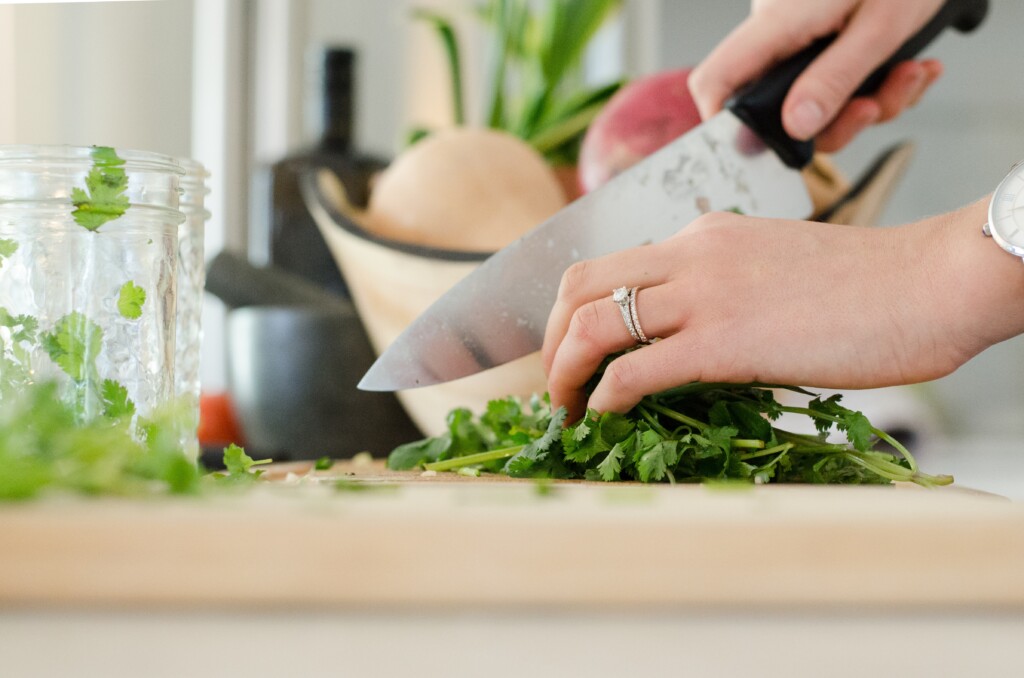
Achieving zero-waste doesn’t stop at home—it’s a commitment that extends into all facets of life, including our workplace and daily travels. Sustainable commuting methods form the foundation of this effort. Opting for public transportation, cycling, walking, or carpooling not only reduces your carbon footprint but also minimizes the collective environmental impact of daily commutes. If driving is unavoidable, consider the benefits of an electric or hybrid vehicle to lessen fossil fuel dependence.
Bringing zero-waste habits into your work and school life is made easier with zero-waste lunches and snacking. Invest in a set of reusable containers, utensils, and a water bottle to avoid disposable items. Packing your own meals not only cuts down on packaging waste but also allows for healthier and more economical eating. Snacks can be bought in bulk and stored in reusable bags or containers, helping to avoid the packaging waste of single-serving items.
In our digital age, it’s also important to address the less tangible but equally pressing issue of digital waste. This encompasses unnecessary printing, a cluttered email inbox, and the energy drain from idle electronics. Reducing digital waste can be as simple as setting printers to double-sided, maintaining digital files instead of physical ones, and making sure to shut down computers and unplug chargers when not in use.
By considering the environmental impact of our digital habits, we can make strides in reducing our overall waste—even the kind that isn’t immediately visible. With these practices, zero-waste becomes a journey that transcends location and situation, reflecting a mindset geared towards environmental consciousness wherever we are.

The transition to a zero-waste lifestyle is as much a personal journey as it is a communal effort. It’s about creating waves of change that ripple through your local area. Participating in local clean-ups is a hands-on start. These events not only directly beautify your community but also raise awareness about the impact of waste on the local environment. Whether it’s a beach, park, or neighborhood street, every piece of waste removed makes a difference.
Joining or starting a zero-waste group can amplify your impact. These groups offer support, share resources, and can have a stronger voice when advocating for local sustainability initiatives. They serve as a hub for like-minded individuals to come together, learn from each other, and drive collective action. If such a group doesn’t exist in your area, consider taking the lead to start one. The collaborative power of community can propel zero-waste living from a niche interest to a widespread movement.
Advocacy and education efforts are critical components of community involvement. They can take many forms, from teaching workshops on zero-waste practices to campaigning for policy changes that support waste reduction. By engaging with schools, local businesses, and government, you help spread the zero-waste message and equip others with the knowledge to make sustainable changes.
Remember, advocacy is not only about speaking out but also about listening and learning from others to build a more inclusive and effective movement. Through these community engagements, your individual zero-waste journey has the potential to inspire and enact broader environmental stewardship.
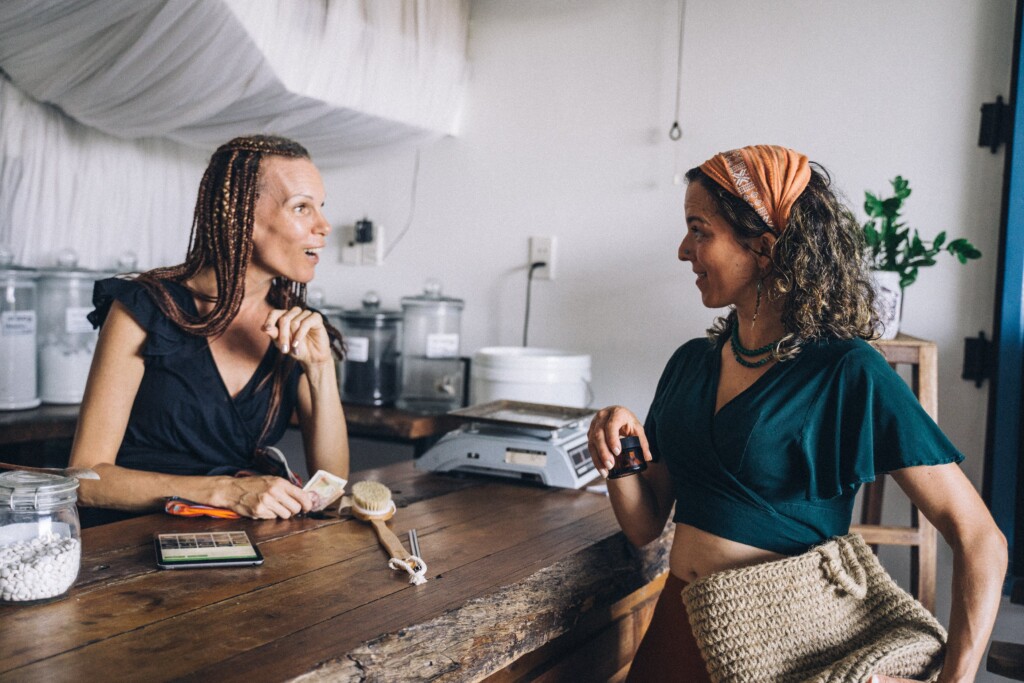
Embarking on a zero-waste lifestyle is an admirable commitment, but it’s not without its hurdles. Understanding the common obstacles for beginners can help you navigate this new terrain. You may find difficulty in sourcing bulk goods, feel frustration when family members are less enthusiastic about zero-waste, or encounter the inconvenience of carrying reusable items. Recognizing that these are normal challenges can prepare you for the journey ahead and help you stay resilient.
Finding support and resources is crucial when faced with such setbacks. Online communities, blogs, and local environmental groups can be invaluable sources of information and encouragement. They can offer practical advice on how to overcome specific issues you’re facing, like where to find zero-waste supplies or how to tactfully refuse disposables in social settings. Remember, you’re not alone—there’s a growing community of individuals dedicated to this cause.
Importantly, celebrating small victories is fundamental to maintaining momentum in your zero-waste journey. Each piece of plastic you refuse, each composting milestone, and each successful DIY product is a step in the right direction. Recognize and honor these achievements, no matter how minor they may seem. Continuous improvement is the goal, not perfection. Zero-waste living is a process, and each action you take builds towards a more sustainable future. By embracing the journey—with its ups and downs—you create a more meaningful and impactful zero-waste practice.
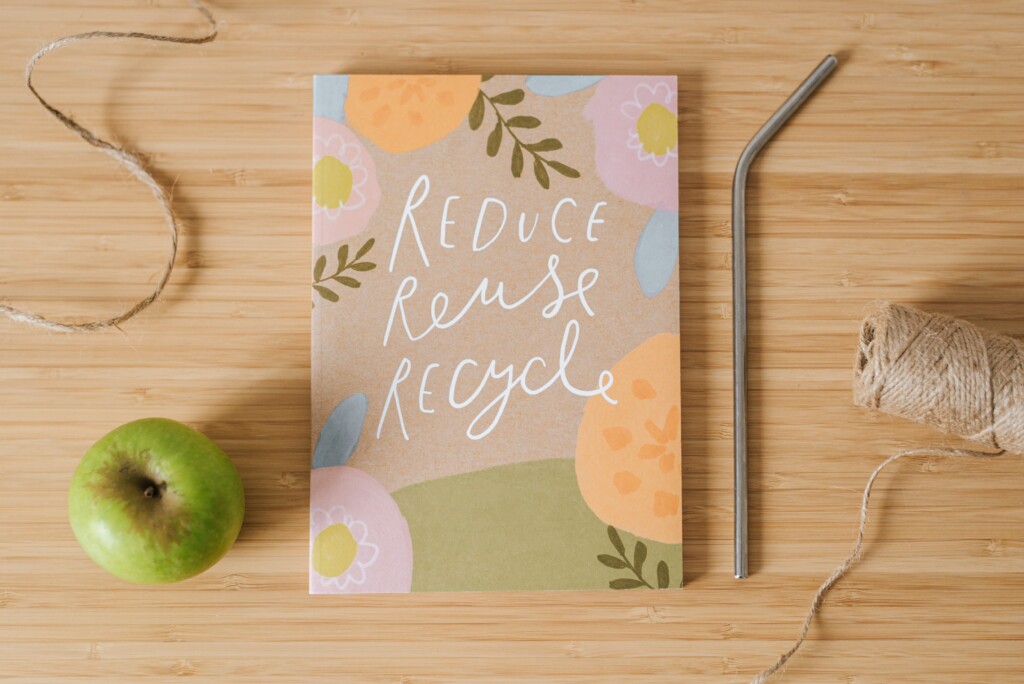
Making the zero-waste lifestyle a seamless part of your daily routine is key to its long-term success. Creating a daily zero-waste checklist can be a simple yet effective tool to help cement these new habits. Your checklist could include reminders to bring reusable bags and containers when shopping, to choose loose produce over packaged, or to check if any household items can be repaired before considering replacement. Such a list serves as a prompt until these choices become second nature.
Making sustainable choices a habit requires consistent practice and a bit of patience. It might involve setting up a dedicated station for your reusable items near the door, so you don’t forget them, or keeping a stash of utensils and a cloth napkin at your workplace. As these actions become ingrained, they’ll feel less like conscious decisions and more like automatic parts of your day.
Adjusting and adapting to lifestyle changes is an ongoing process. You might find that some strategies don’t work as well for you as they do for others, and that’s okay. The flexibility to find what works best in your unique situation is essential. This might mean tweaking your routines, swapping out products, or even changing your approach to shopping or meal prep. Remember that each small change is a building block in creating a more sustainable lifestyle, and with each adjustment, you’re refining a routine that works best for you and the planet.
There is no such thing as ‘away’. When we throw anything away, it must go somewhere.
Annie Leonard
The pursuit of a zero-waste lifestyle is a commitment to profound change, reshaping our daily choices and long-term habits for the sake of our planet. From the core principles of the Five R’s to the implementation of everyday eco-friendly actions, this journey is one of conscious living and constant learning.
Each tip outlined offers a step towards reducing our environmental footprint. We start with small, manageable actions—refusing unnecessary items, reducing waste, reusing and repurposing, recycling correctly, and composting organically. As these steps become ingrained, they form a framework for a sustainable life, creating a positive impact that extends far beyond our immediate surroundings.
Encountering challenges along the way is inevitable, but it is through these challenges that resilience and creativity emerge. The process of finding alternatives, seeking community support, and celebrating the victories—no matter how small—fuels the journey forward.
The transformative power of zero-waste living lies in its ability to inspire others. Your personal decision to minimize waste can encourage friends, family, and neighbors to reflect on their own habits, potentially catalyzing a wider movement towards sustainability.
Embracing a zero-waste lifestyle is a powerful testament to the belief that every individual action counts. As we continue to strive for improvement, let us remember that our collective efforts are shaping a cleaner, healthier world for generations to come. The journey is as rewarding as the destination, and it starts with each of us today.
Stay a while and read more posts like this
Let’s devote a few minutes to envision our world in 2100. It’s quite a thought experiment, given the dramatic transformations our planet has experienced in...
With climate change looming large, the world is embarking on a quest for solutions to heal our ailing planet. Solar geoengineering emerges as a burgeoning field,...
Taking on parenthood comes with unique choices that factor in more than just our family’s immediate needs. For modern parents, who are not just guardians of...